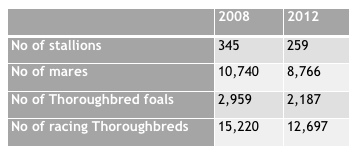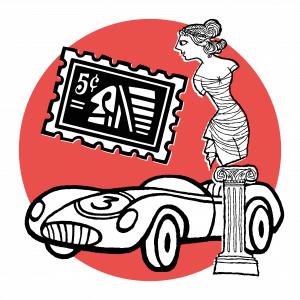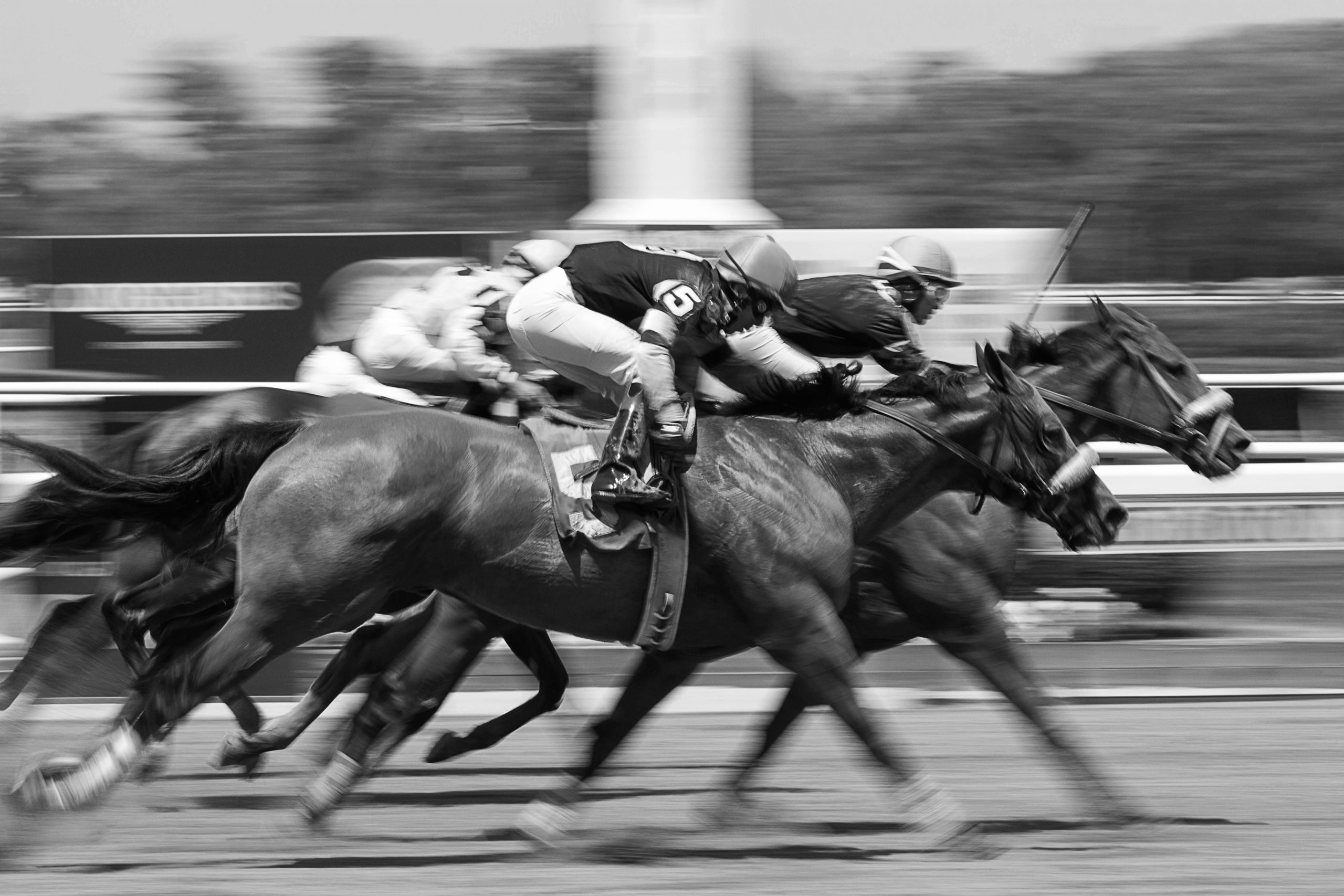Originally published August 2017. This is the first in a series of four articles on the history of British racecourses providing a context for the existing economic status of the industry.
The recent legislation that all betting operators including online companies based overseas will return 10% of their gross profits to UK racing is the latest outcome in the long running war between bookmakers and racecourses. These two stakeholders in the racing industry have been at loggerheads ever since betting offices were licensed under the 1961 Betting and Gaming Act. They share a common interest – a healthy racing industry – but have such different financial goals that the battles between them have been bitter with the result that the financial well-being of the sport has been continuously undermined.
With the considerable ongoing rise in the value of picture rights and a stable and healthy set of attendance figures (6.1 million in 2011 dipping to 5.6 million in subsequent years before rising to 6.1 million again in 2015) racecourses should offer a good return for operators and a rosy picture for the future. The fact that a number of racecourses struggle to make ends meet is as much a factor of history as it is down to the entrepreneurial capabilities of the industry.
In the 20th century the primary role for the horse switched from being a means of transport, a weapon of war, and the ‘heavy lifter’ of agrarian society to a vehicle for leisure – hunting, dressage, polo, show jumping and in particular racing. Britain has played a significant part in the development of racing through the development of the Thoroughbred. The Thoroughbred underpins most serious racing that takes place worldwide. It can trace its roots to the importation to the UK in the 17th and 18th centuries and cross breeding of three Oriental stallions with their penchant for speed to the tougher British mare who imparts robustness and endurance.
Racing venues have moved a long way from their roots – matches between fixed locations, often steeples because of their visibility, the origin behind the names of both point-to-points and steeplechases. From the early 18th century static locations with fixed viewing and supporting facilities became the norm. Racecourses can scarcely be called static investments however. In his excellent book entitled A Long Time Gone, Chris Pitt identifies 90 or so racetracks in the UK which since 1900 have gone to the wall. Alexandra Palace, Hurst Park, Lincoln, Stockton and Wye are just a few racecourse names that featured in the racing reports of the newspapers in the 1950s and which have long since closed.
Hardly surprising when you think that racing takes place mainly on grass. Due to the stress placed on the surface caused by galloping horses’ hooves, race tracks can only operate 20 days or so a year. What other business could afford for its doors to be closed for over 330 days per annum? The development of artificial surfaces has reduced the reliance on grass management but of the current 60 racecourses only six are non-grass based (Chelmsford, Kempton, Lingfield, Newcastle, Southwell and Wolverhampton). In any event this form of racing comes with a price, which, some would say, includes a lack of variety and entertainment.
Modern day racecourses have been forced to diversify to survive. Diversification has come in a number of forms with racetracks featuring internal golf courses and driving ranges, greyhound tracks, hotels and conference centres, and arenas for outdoor pop concerts. Some town-centric courses are also considering the experience of their on-course catering to provide year round restaurant facilities.
Of the 60 British courses, 14 are operated by the Jockey Club which started out as the regulator of the sport but which has developed a business as the largest owner-operator of British racecourses including such jewels in the crown as Epsom, Cheltenham, Newmarket and Aintree. Of the remainder, 16 of the courses are owned / managed by Arena Racing which hosts roughly 35% of the UK’s annual horseracing fixtures.
The other 30 courses are independents, mainly reliant on the Levy and TV media rights rather than their gate money for survival. It is a fragile model:
- There are too many courses chasing too few horses:

- There are too many courses chasing too few ‘popular’ fixtures – Saturdays, Bank Holidays, Friday evenings etc. Total fixtures have risen from 1464 in 2014 each year to 1496 in 2017 within a framework of a declining horse population.
- Yet surely the weakest link in the model is the Levy itself. Which other sport benefits from the amount of money bet on the outcome of its events? For example does the FA or Football League benefit from the vast sums bet on the outcome of UK football matches? It is scarcely a recipe for bookmaker promotion of racing.
Racing and therefore racecourses have a privileged financial position – not one which can be readily sustained through reasoned argument. However the increasing importance of leisure activities to the UK economy and the underpinning value of land offer sound reasons for investment if an entrepreneurial mindset prevails.
Future articles in this series will feature individual racecourses – one Jockey Club owned, one owned by Arena and one independent – the ways they have diversified their business models and the pressures they face in securing a prosperous future.








